Now that you know how to squat correctly, let’s up the ante. These three single-leg squat movements can correct muscular imbalances and shore up strength deficiencies. By forcing a single side of your body to move weight through full ranges of motion, you will increase your kinesthetic or body awareness and core stabilization. The carryover of unilateral exercises like these to outdoor sports such as skiing, wakeboarding, paddleboarding, surfing, and climbing is immense. Many of these moves can be performed in a gym, in the backyard, or at home in front of Netflix.
Bulgarian Split Squat
Benefits: Balance; hypertrophy; corrects strength imbalances; single leg strength.
The split squat gained exposure in the United States when the head coach of the Bulgarian Olympic weightlifting team toured to talk about the team’s success in the 1980s. This unilateral squat variation has become incredibly popular recently, and it’s no wonder. Unilateral training has been shown to grant huge benefits for all lifters from the novice right up to elite-level athletes. Isolating the musculature of a single leg requires a combination of balance, flexibility, mobility, and huge amounts of strength. Unilateral training easily allows the lifter to overload the muscles without needing a crippling amount of weight. This can help ease back pain and even help improve joint health over time. That is not to say that you must keep your weights light; with a little practice you can really hit some heavy weights with a Bulgarian split squat.
One of the fascinating aspects of the Bulgarian split squat is the variety of loading options. You can hold one or two dumbbells, hold a kettlebell in the goblet style, or load a barbell up in front or on your back for some serious weight. These differences work to change the load characteristics exerted on your body, giving you a whole new set of obstacles to overcome.
Cues: Once you have chosen how you will load the movement, place one foot a few feet behind you on a bench with your toes or laces resting on the bench. With your torso upright and core braced, lower your body until your back knee touches the ground. Drive up with the forward leg until you reach the start position and repeat. As with any unilateral movement, ensure you switch sides and repeat with the other leg.
It is not uncommon to feel a huge stretch in your quads and hip flexors of the rear leg. This will pass with time and is a benefit to this movement, as you will achieve greater flexibility throughout your hips with time.
Cossack Squat, or Side Lunge
Benefits: Balance, mobility, single leg strength.
Often used as a mobility or warmup drill, the single-leg Cossack squat can have enormous strength-gaining benefits for those willing to work on its perfection. Named after the Cossack people of current Ukraine and Russia, the Cossack squat mimics a Ukrainian Shumka dance move and has been used as a strength-building exercise for many years.
Perhaps one of the best aspects of the Cossack squat is its utilization of multi-planar motion. This means that your body will be required to work across more than a single plane of motion. The benefits of this are increased strength, flexibility, and mobility. For those who struggle with full depth in their squats, this move is for you, as the movement requires a full usable range of motion to perform effectively. There is serious versatility in how this movement can be loaded. You can choose a barbell for even loading, or a dumbbell in a hand or on a shoulder over either the lead or trail leg.
Cues: With your feet wider than shoulder width apart, point your lead foot straight ahead and your trailing foot at a slight outward angle. Begin shifting your weight onto your lead leg while simultaneously push your hips down and back as in a standard squat. The goal is to keep your trailing foot flat on the floor and pointing forward. When your hips pass the level of your knee, reverse the movement by driving through your lead leg and pushing back to a standing position.
Pistol Squat or One-Legged Squat
Benefits: Balance, mobility, single leg strength.
The pistol squat is considered the ultimate unilateral body weight test of strength and balance. Pistol squats require mastery of your own body weight in addition to flexibility, mobility, and strength through a full range of motion. Like the one-arm pushup and one-arm pullup, the single-leg pistol squat is coveted by many and mastered by few. Recently, CrossFit has made pistol squats extremely popular, though I would caution against performing them in the volume typical of a CrossFit workout.
This is not the type of movement the average person can read about and go out and perform. There are a number of steppingstone exercises that you need to master on your journey to this impressive feat of body weight manipulation. This is a long-term project and will not be achieved overnight. But don’t get discouraged and keep at it, and I assure you that your reward will come.
Cues: With your weight balanced on one foot, straighten the other leg so that your foot is elevated above the ground. Slowly push your hips back and down until your hip crease is below the level of your knee. This position takes some time to achieve so a good way to work toward it is by placing objects of varying heights behind you such as a high chair, standard chair, small box, etc. and aiming for them with each rep. Start with an object that allows you to get your upper leg parallel with the ground, then move down as you become stronger and more confident.

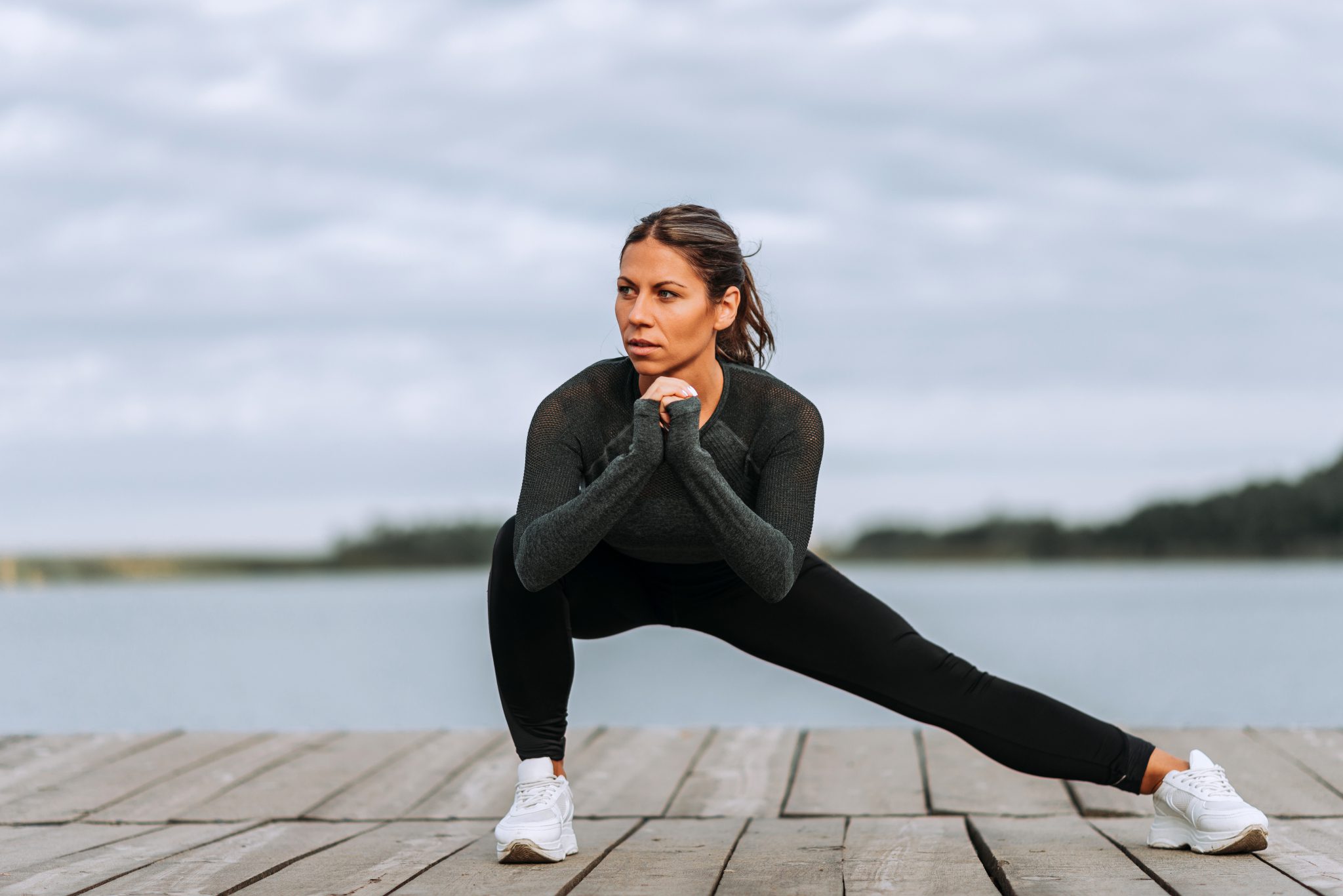
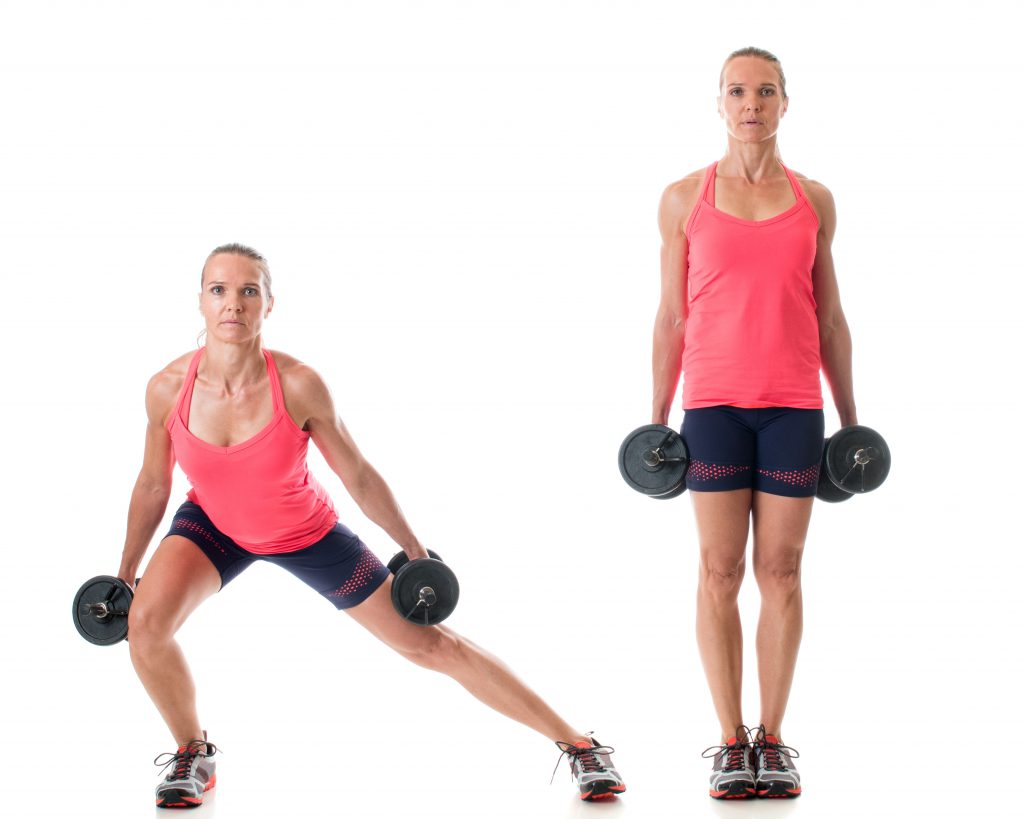
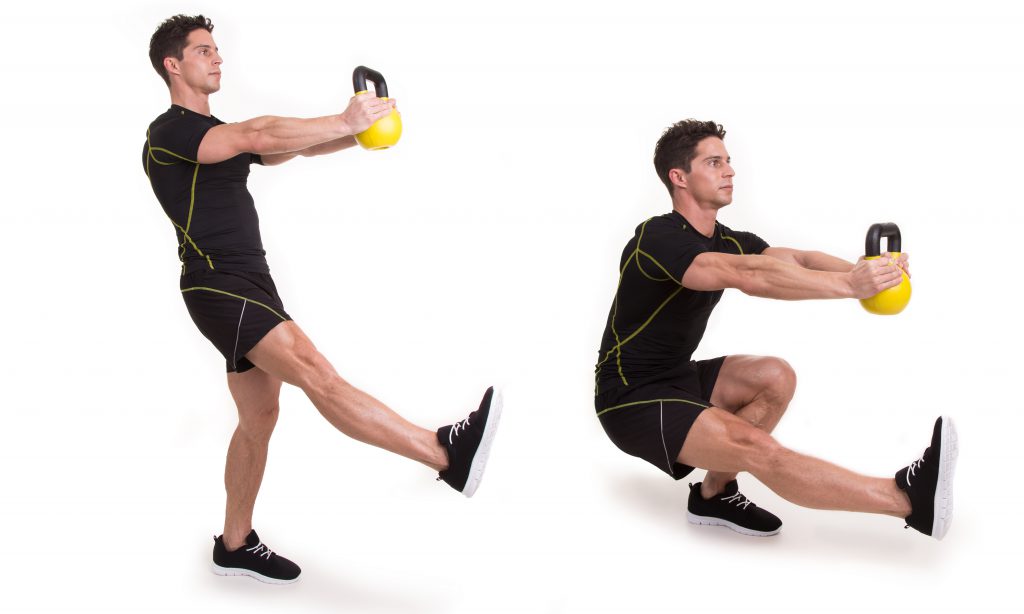


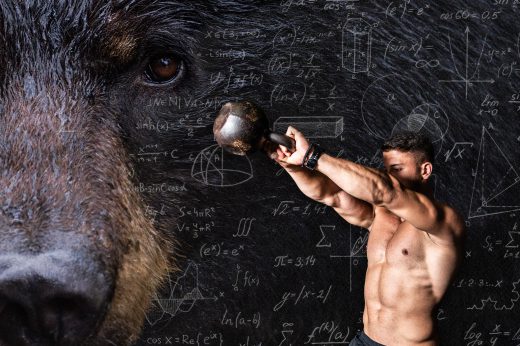
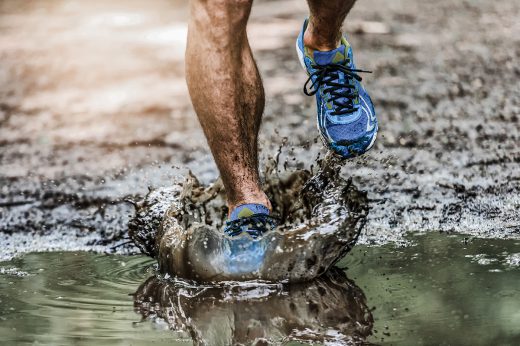


Comments